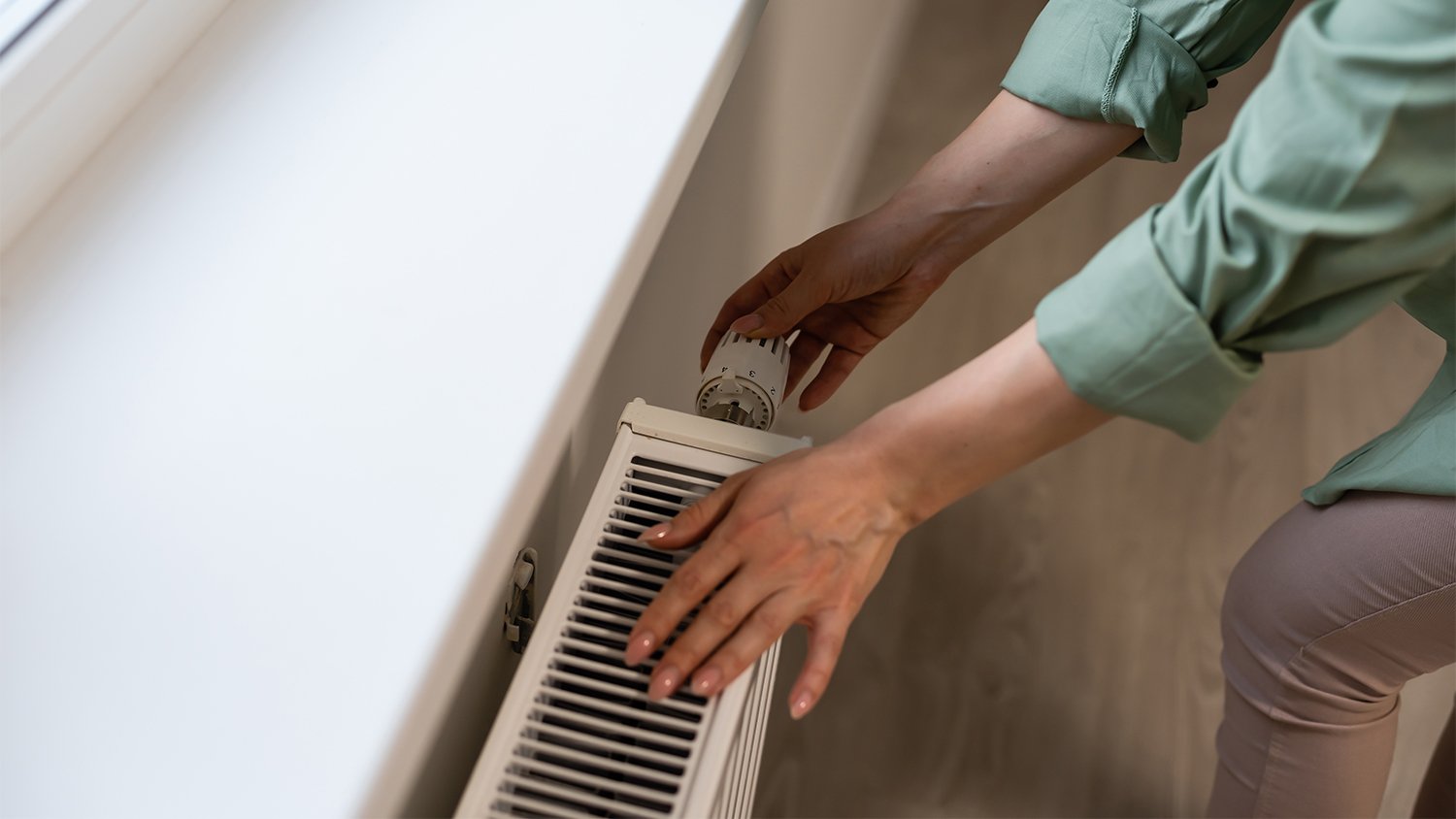Oil vs. Gas Furnaces
Which is best depends on your situation


The average cost to install a gas furnace is $3,800 to $10,000.
The average cost to install an oil furnace is $6,750, to $10,000.
Both options have pros and cons, and where you live is a big factor in determining the best choice.
If your home isn’t heating as well as it should, or your current HVAC unit is ancient, it may be time to purchase a new furnace. Choosing the right one is important, as it will likely be what you live with for a decade (or longer!).
Both oil and gas furnaces are popular options, and each system has its own pros and cons. There are several different aspects to consider when deciding on the best unit for your home, including factors such as cost and furnace efficiency ratings. Depending on your location, the needs of your household, and your budget, either oil or gas may be the top choice.
Gas vs. Oil Furnaces
As you begin to research furnace options, you will find that oil and gas offer different aspects to consider. When narrowing down to the best choice, make sure to weigh the features they each offer.
Efficiency
Before moving forward with a new furnace purchase, you’ll want to consider the Annual Fuel Utilization Efficiency (AFUE) rating. This rating tells you how efficient your model is compared to other systems on the market, and a higher score indicates better efficiency.
Generally speaking, oil furnaces have efficiency ratings between 80% to 90%, while gas furnaces have ratings of 89% to 98%.
Most efficient: Gas furnaces
Cost
In terms of upfront costs, gas furnaces are priced 10% to 25% more than comparable oil furnaces. That being said, an oil furnace will likely cost more in the long run than gas since oil prices fluctuate frequently, and these systems tend to need more maintenance.
Most affordable: Oil furnaces for upfront costs, gas furnaces for long-term costs
Safety
Because they use fuel sources, both furnaces come with their own set of possible safety concerns. Gas furnaces run the risk of a leak, which can cause carbon monoxide poisoning or even fires. Oil furnaces can also leak, which, in addition to omitting fumes, can potentially harm soil and drinking water.
Safest: Oil furnaces
Pros and Cons of Gas Furnaces

Furnaces work by burning fuel to generate heat, and both gas and oil are excellent candidates for warming up your home. Natural gas is a common fuel that many houses use by connecting to a supply line managed by a local utility company.
Gas furnaces are traditionally the typical choice for homes in populated areas, as there is almost always a utility company to take care of the lines.
Pros
Less maintenance: Gas furnaces require less maintenance and repairs over their lifetime.
More affordable: The average gas furnace cost is $3,800–$10,000 to install, and you should expect to pay 50%–100% more for high-efficiency models. Gas furnaces are typically less expensive to run than oil furnaces because of lower fuel costs and higher energy efficiency.
Reliable: Because a local utility company takes care of maintaining lines and supply, gas furnaces tend to offer a reliable heating solution.
Cons
At risk of leaks: A gas furnace leak means running the risk of carbon monoxide emissions or an explosion.
High environmental impact: Most gas furnaces consume a lot of energy since they either run at full capacity or completely shut off.
Poor air quality: Gas furnaces can send dirty particles into the air of a home, particularly if the filter is clogged.
Pros and Cons of Oil Furnaces
Oil heat has many benefits. It is purchased privately, stored in a tank, and usage is monitored by the homeowner, with no utility company involvement. Oil furnaces are most frequently found in colder climates with extreme winter temperatures, such as New England.
Pros
Safety: Oil furnaces don’t emit carbon monoxide, and the fuel source is not highly flammable.
Heat: Oil furnaces have a higher BTU rate per hour, which means a smaller unit can heat a larger space.
Consumer control: Oil furnaces and supplies are completely controlled by the homeowner, with no utility company interference.
Cons
Costs: Oil is a more expensive heating option than gas, and prices fluctuate frequently. Oil furnace installation costs between $6,750–$10,000 on average for a 1,600-to-2,000-square-foot home.
Storage: As a fuel source, oil is messy and must be obtained and stored by the homeowner.
Maintenance: Oil furnaces require more regular maintenance and cleaning than gas systems.
Frequently Asked Questions
Generally speaking, an oil furnace is safer than a gas furnace for a number of reasons. Both types create carbon monoxide, with the potential for deadly leaks, but it's easier to detect an issue with an oil furnace because you smell the problem almost immediately. Also, oil furnaces don’t connect to a pipeline, reducing the chances of a leak in the first place. Finally, heating oil is not combustible, and natural gas is, so there’s no chance of an explosion and a reduced chance of a fire with an oil furnace.
This is a matter of personal preference, as each method has its own pros and cons. Oil furnaces are safer, but the smell can be off-putting to some consumers. Oil is also more expensive than gas. However, oil furnaces boast a higher BTU rate per hour, so a smaller amount of oil can heat a larger space when compared to a gas furnace.





- Furnace Repair
- Air Conditioning Repair
- HVAC Repairs
- Furnace Installation
- Wood & Pellet Stove Repair
- Dehumidifier & Humidifier Repair
- Heat Pump Companies
- Swamp Cooler Repair
- Wood Stove Services
- HVAC Companies
- Commercial A/C Repair
- Geothermal Installation
- Air Conditioning Installation
- Boiler Repair
- 24 Hour Furnace Repair
- Geothermal Repair
- Heat Pump Repair
- Humidifier Installation
- Thermostat Repair
- Thermostat Installation
- Nest Installation
- Heating & Cooling
- Heating Repair
- Furnace Cleaning
- Furnace Tune-Up
- HVAC Technicians
- Subcontractors
- Furnace Maintenance
- Plumbing & Heating Companies
- Wood Stove Inspection
- Mini Split Installation
- Wall Heater Repair
- Duct Installers
- 5 Types of Furnaces: Pros, Cons, and Which Is Best for Your Home
- Oil Heat Pros and Cons: Why an Oil Furnace May Be for You
- Boiler vs. Furnace: What Are the Differences?
- In the Market for a New Furnace? Here’s Everything You Need to Know
- 6 Must-Have Furnace Features
- What Is a Furnace and How Is It Different From Other Heating Systems?
- What Is a Wall Furnace? How It Works and What It Does
- Condensing vs. Non-Condensing Furnace: Which Is Better for My Home?
- The 4 Types of Electric Furnaces: Which Is Best for You?
- Signs of a Gas Leak: Everything You Need to Know










